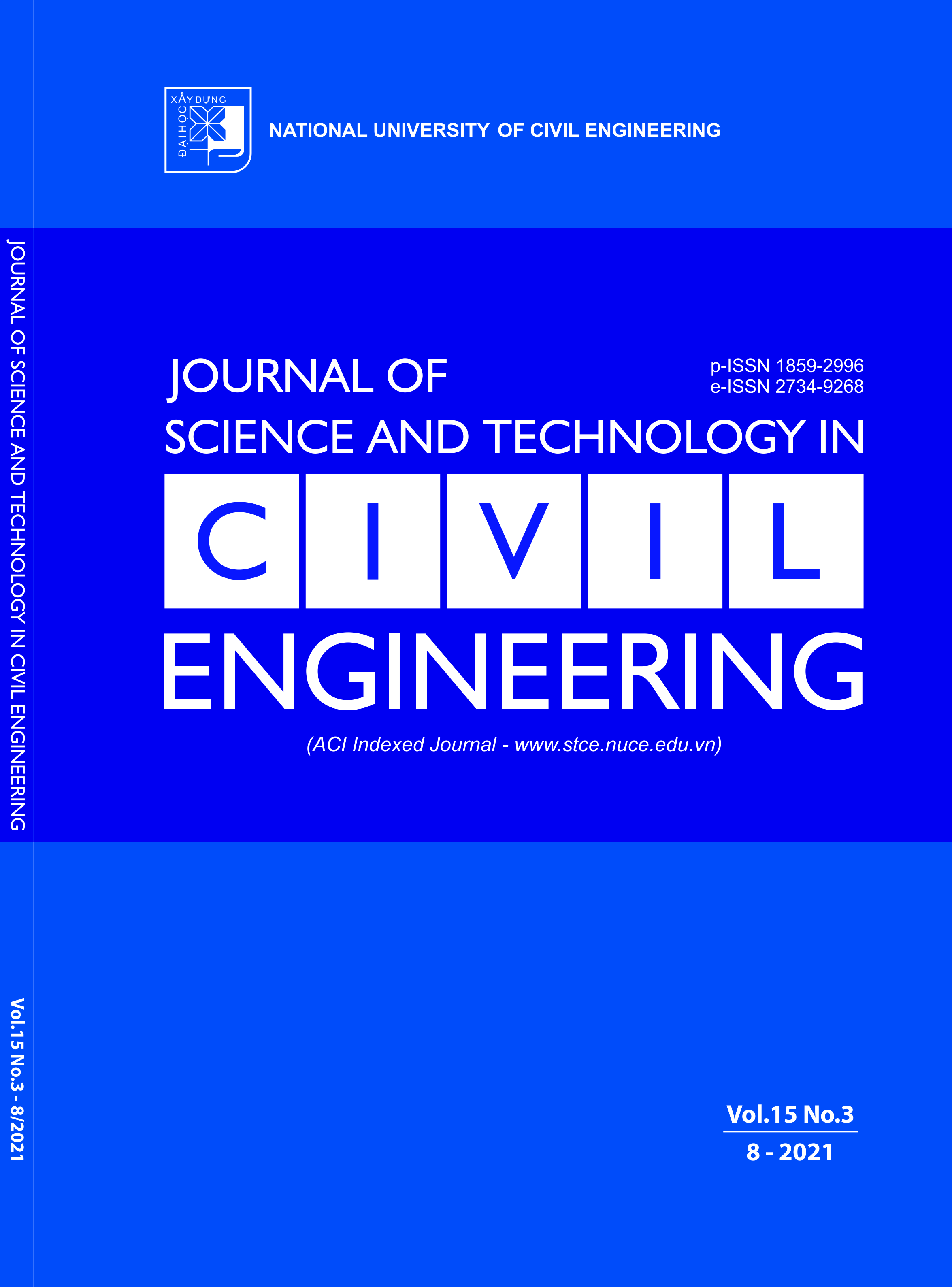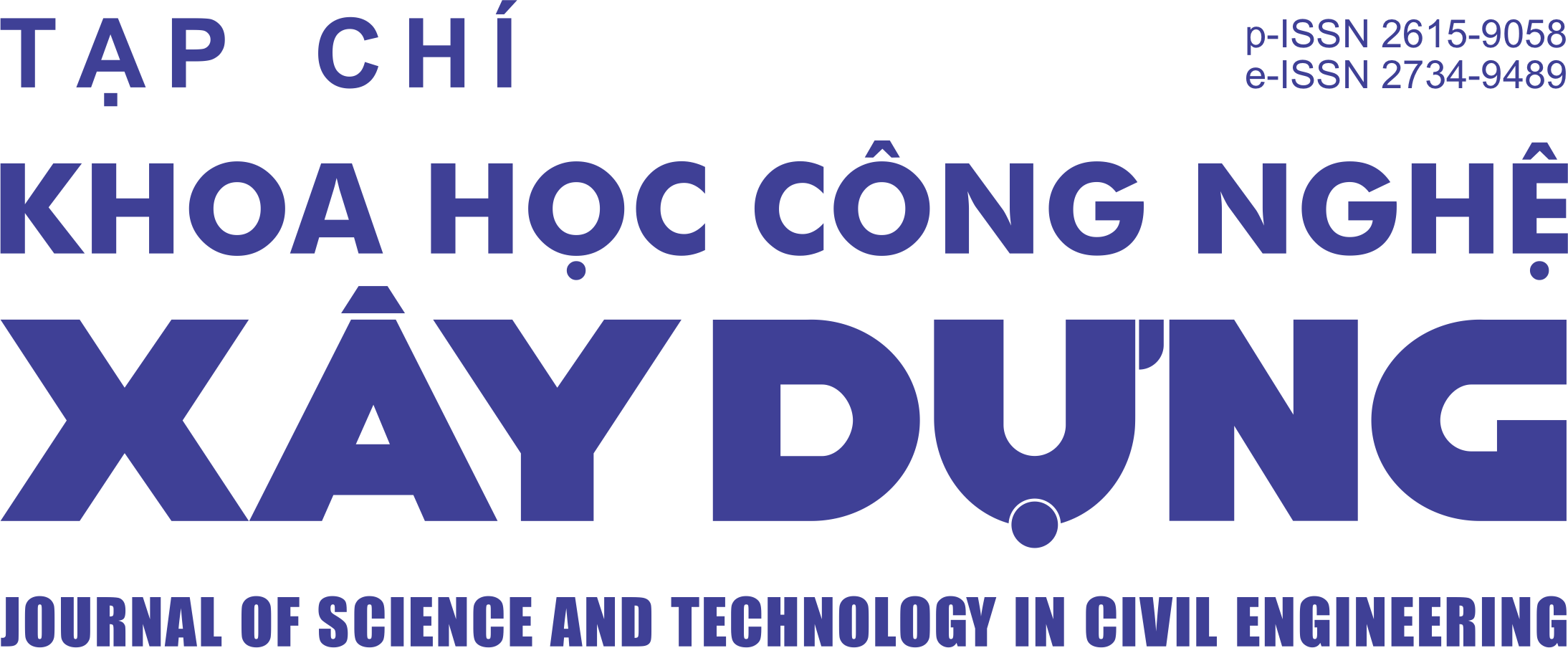Applying the noncooperative game model for compensation concept in contractor selection process for large-scale projects
Abstract
Nowadays, the scale of construction projects has been larger and more complex, the tender preparation is often costly to the bidder thus. It is becoming one of the primary barriers for attracting bidder’s involvement, as well as contractor's encouraging high effort. Bid compensation concept is proposed as a reward to foster the bidder participating in a higher endeavor. Game theory is ideal for modeling the dynamics and deriving high-effort strategies for bid compensation. The experiment results have demonstrated the owner can gain benefit by using rational compensation. The sensitivity analysis also shows the interest correlation between the owner and bidders. By choosing a proper strategy based on Nash Equilibrium solutions, both the owner and bidders can reach to win-win situation.
Downloads
Copyright (c) 2021 National University of Civil Engineering

This work is licensed under a Creative Commons Attribution-NonCommercial-NoDerivatives 4.0 International License.
1. The Author assigns all copyright in and to the article (the Work) to the Journal of Science and Technology in Civil Engineering (JSTCE) – Hanoi University of Civil Engineering (HUCE), including the right to publish, republish, transmit, sell and distribute the Work in whole or in part in electronic and print editions of the Journal, in all media of expression now known or later developed.
2. By this assignment of copyright to the JSTCE, reproduction, posting, transmission, distribution or other use of the Work in whole or in part in any medium by the Author requires a full citation to the Journal, suitable in form and content as follows: title of article, authors’ names, journal title, volume, issue, year, copyright owner as specified in the Journal, DOI number. Links to the final article published on the website of the Journal are encouraged.
3. The Author and the company/employer agree that any and all copies of the final published version of the Work or any part thereof distributed or posted by them in print or electronic format as permitted herein will include the notice of copyright as stipulated in the Journal and a full citation to the Journal as published on the website.







